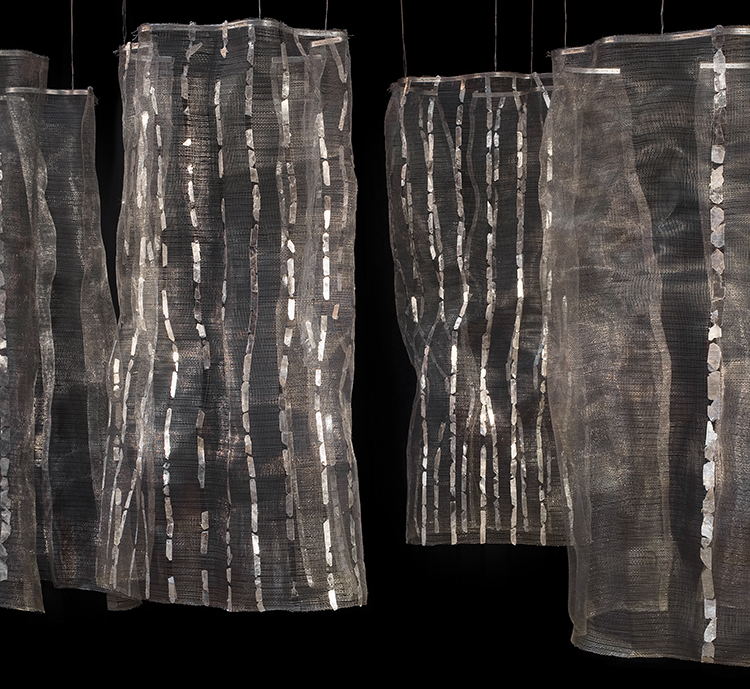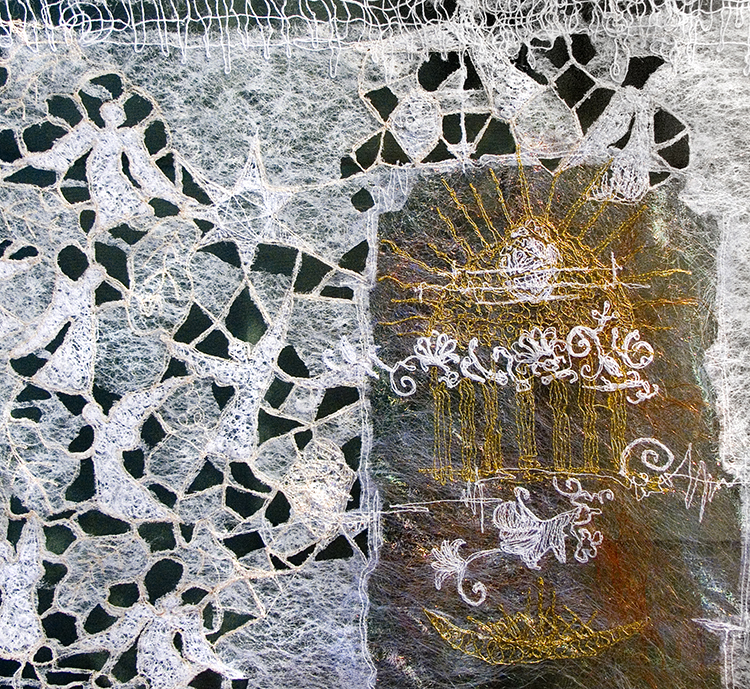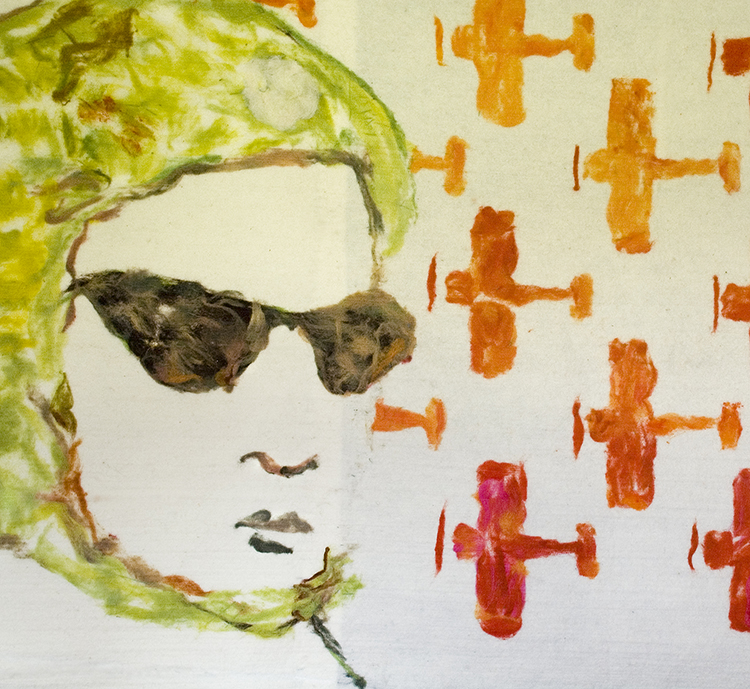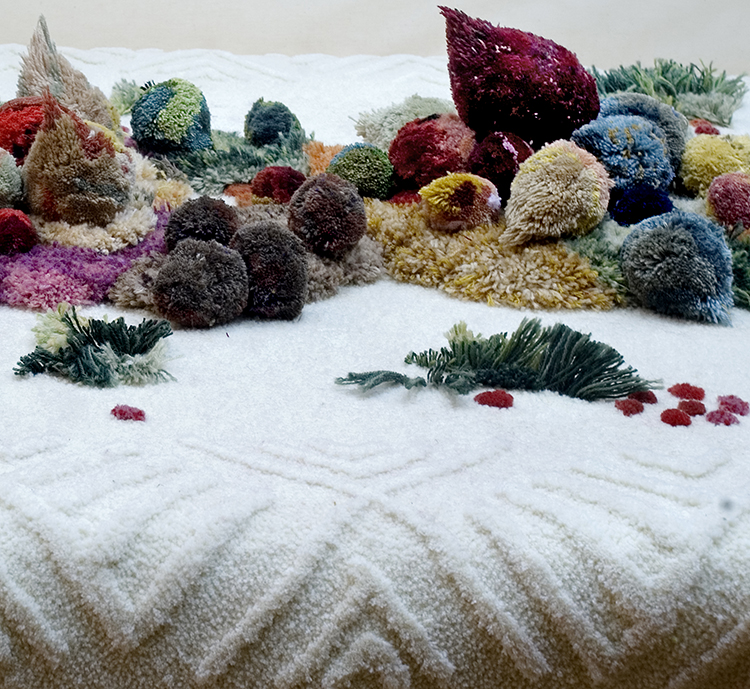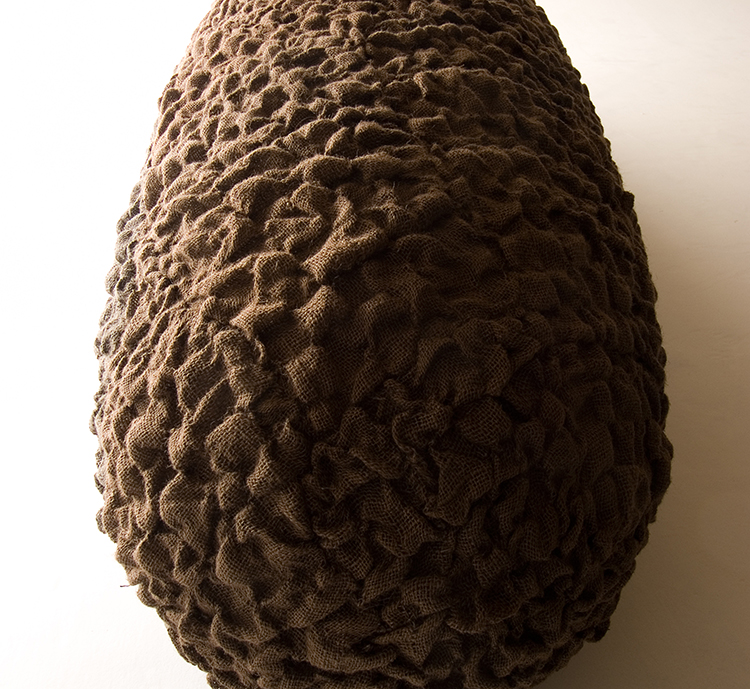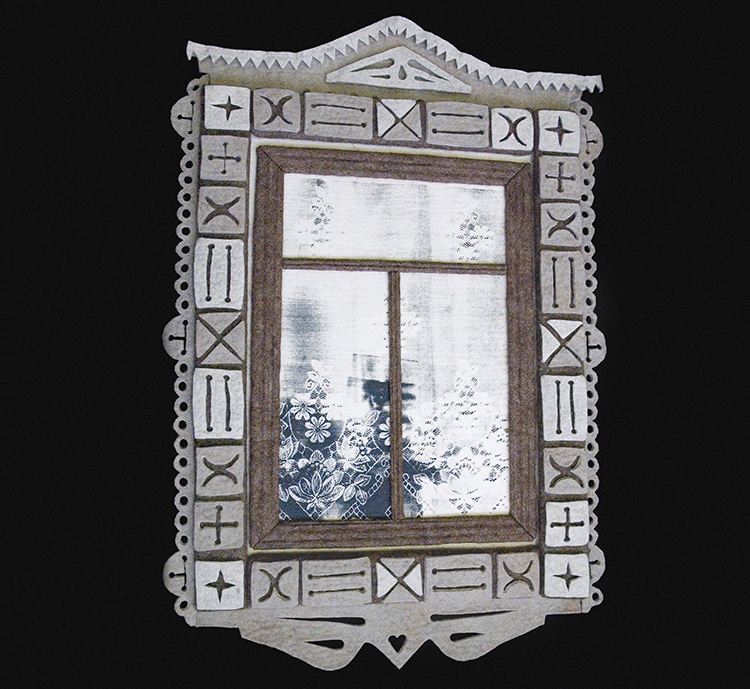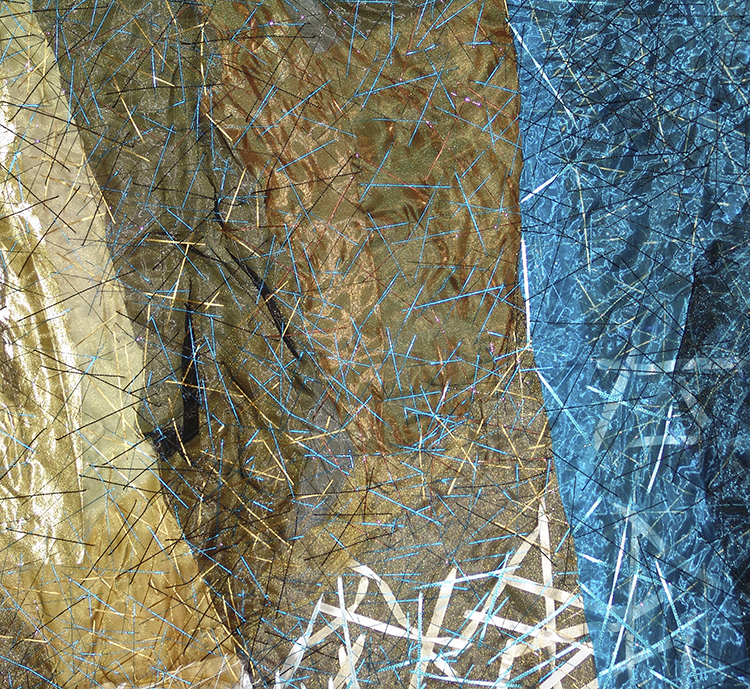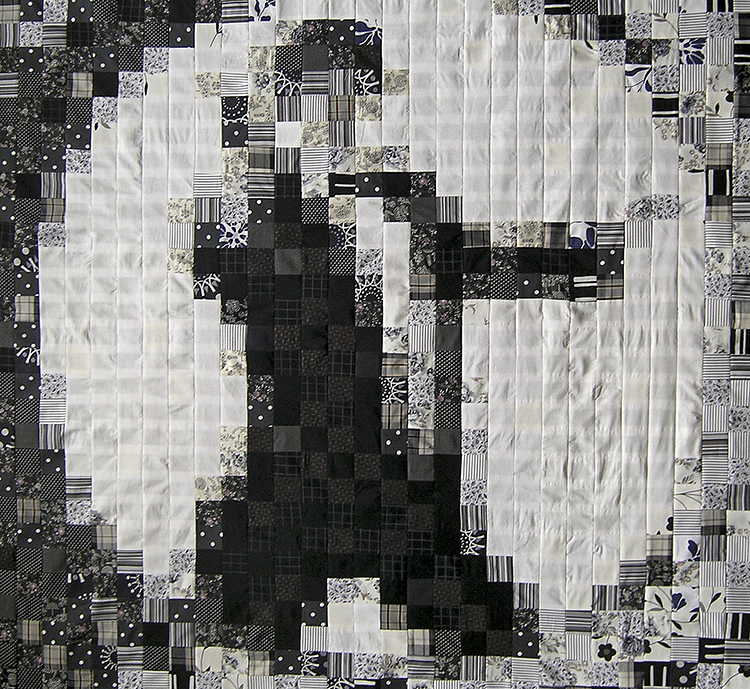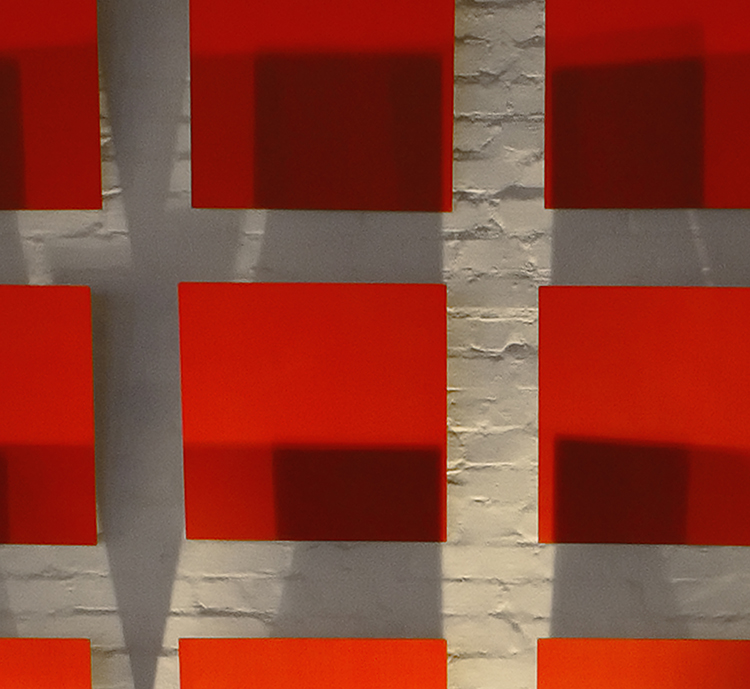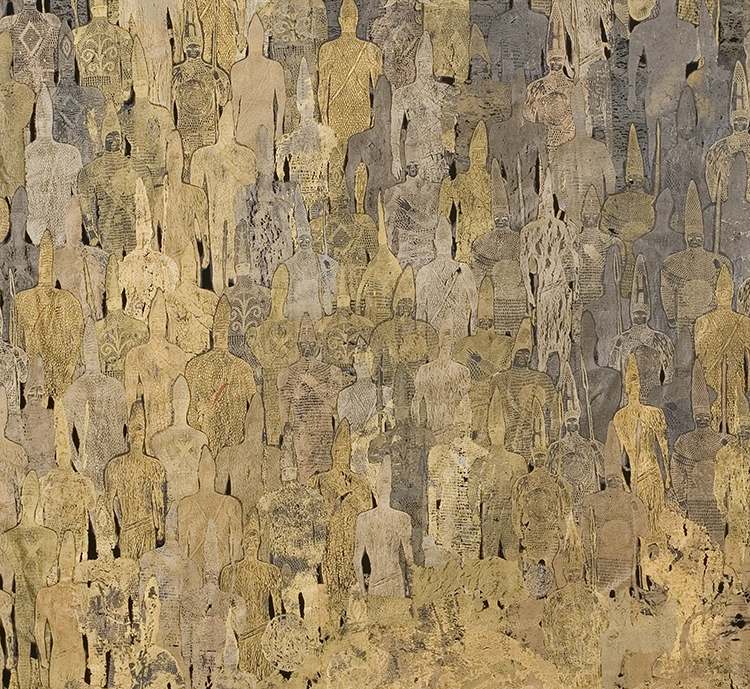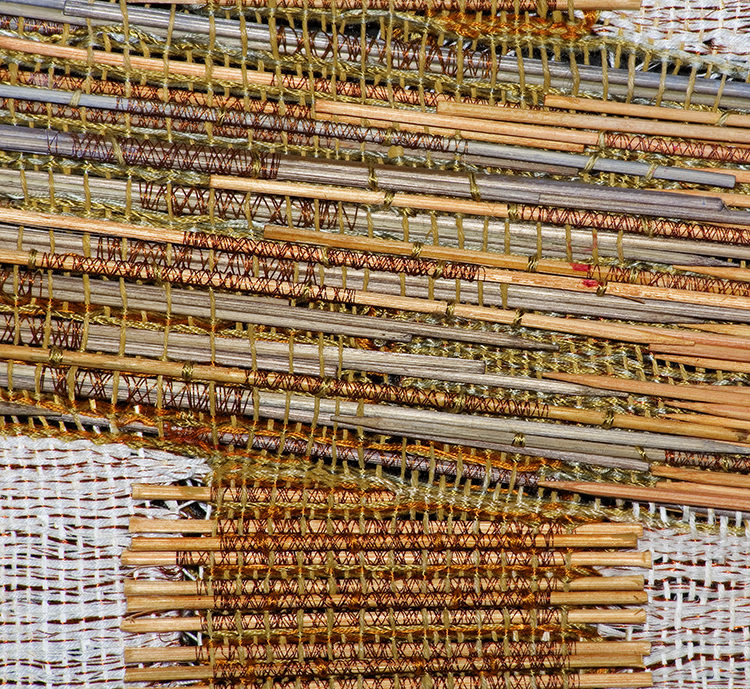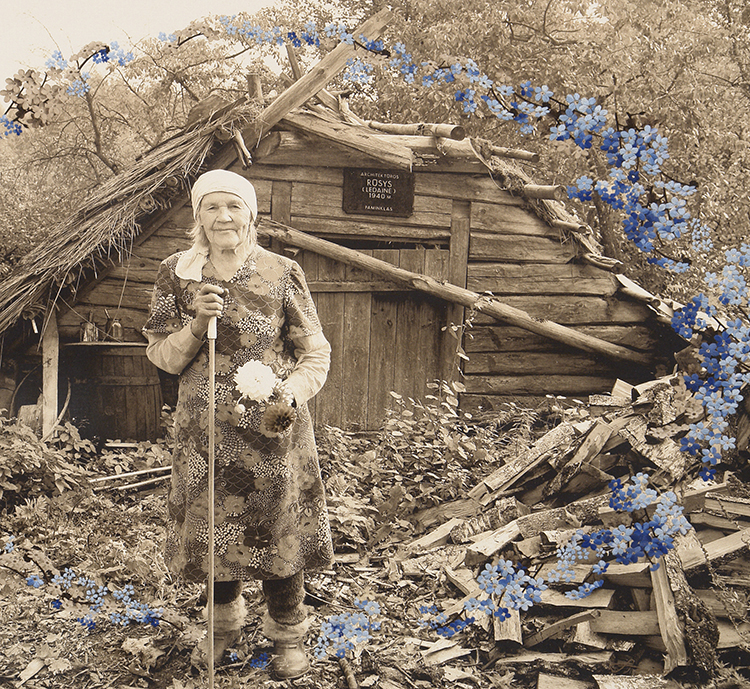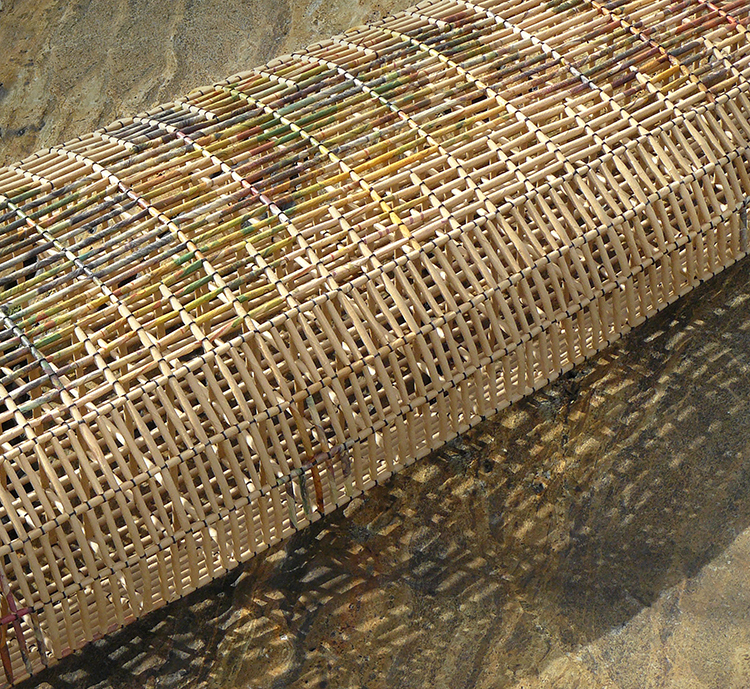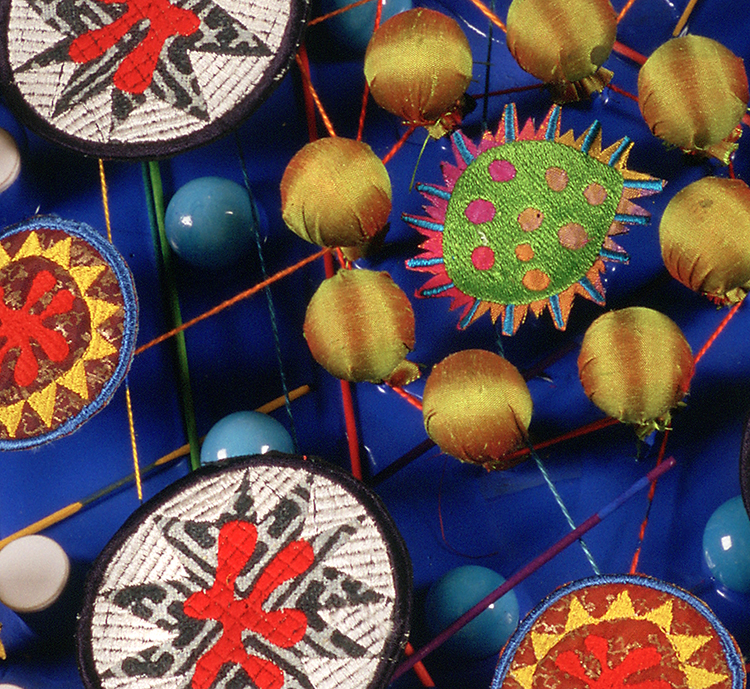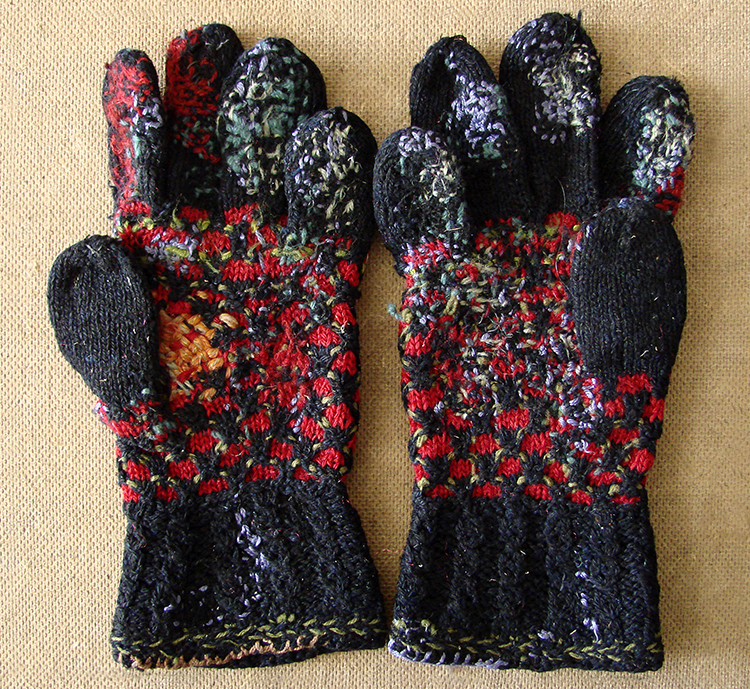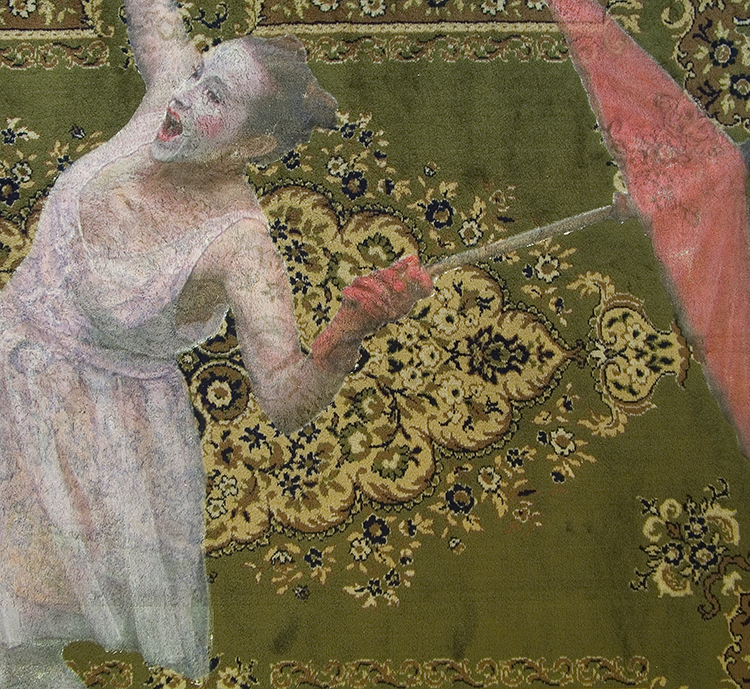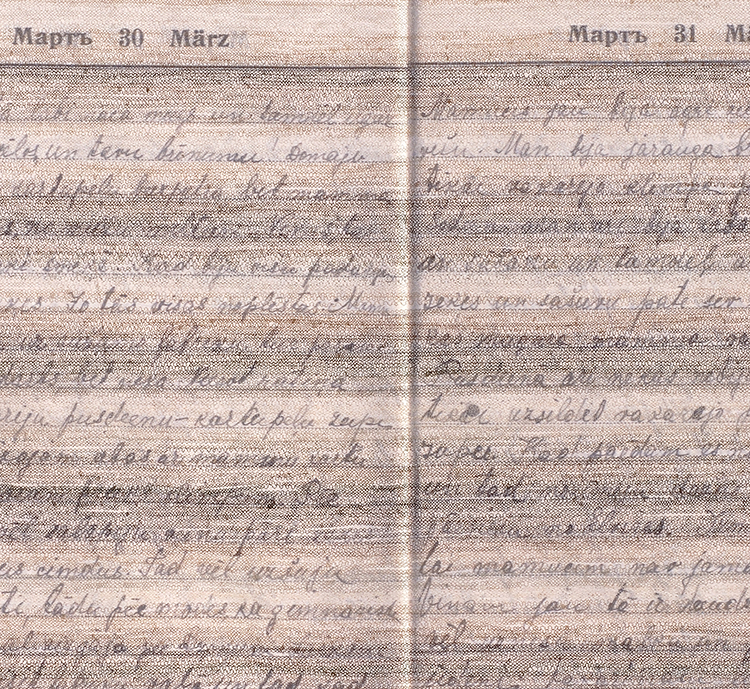2008 > CLOTH & CULTURE NOW
Cloth & Culture NOW highlights exciting and innovative contemporary textile practice from areas where there has been a strong tradition of textile linked to specific cultural identity. The work of these contemporary practitioners reflects that cultural specificity while also responding to cross-cultural and trans-national influences.
What we wanted to do
Cloth & Culture Now aimed to demonstrate that cloth can provide a continuous undercurrent between cultures, both common to all cultures and culture specific; that textile has a social, political and utilitarian history, moving across and between continents and peoples; that it is a shared activity; a language of materiality, connecting practitioners in different cultures. The research for this project was concerned to identify the extent to which contemporary textile practice that is emerging from a strong traditional practice is an indication of specific cultural identity and the degree to which the outcomes are mediated by overlapping global influences.
The objectives were to:
- Demonstrate the factors influencing the transition from traditional to contemporary textile practice.
- Describe the role of contemporary textile practice as an expression of cultural specificity.
- Exemplify the natural progression of cross-cultural exchange and absorption has been a continuous influence upon the production, use and understanding of textiles.
- Disseminate contemporary textile practice through the exemplification of the effects of transition and influence on contemporary textile practice to a wide academic and non-academic, specialist and non-specialist, audience
What we achieved
35 textile artists from Estonia, Finland, Japan, Latvia, Lithuania and the UK reference local and culturally specific traditions in the new work they created for the exhibition. Textile has traditionally played an important role in the cultural identity of these countries and this exhibition demonstrated the importance of contemporary practice within the global debate concerning cultural identity. Outcomes included large scale architectural interventions, fibre optic works and video works. The exhibition was created in partnership with the Sainsbury Centre for Visual Arts thus placing the research within the framework of cultural transition as exemplified by the permanent collection of SCVA. The second venue was the Whitworth Art Gallery Manchester, home of one of the most important contemporary textile collections in the UK, providing a different context for the work. The scale of the exhibition attracted funding from all participating countries. Both venues hosted international conferences plus extensive educational programmes. Visitor numbers exceeded 60,000 with accompanying media interest.
6,000 visitors in the first 3 weeks
Cloth & Culture NOW (Author) - 2007 University College for the Creative Arts - BUY BOOK
• ISBN 978-0-9551166-2-9








